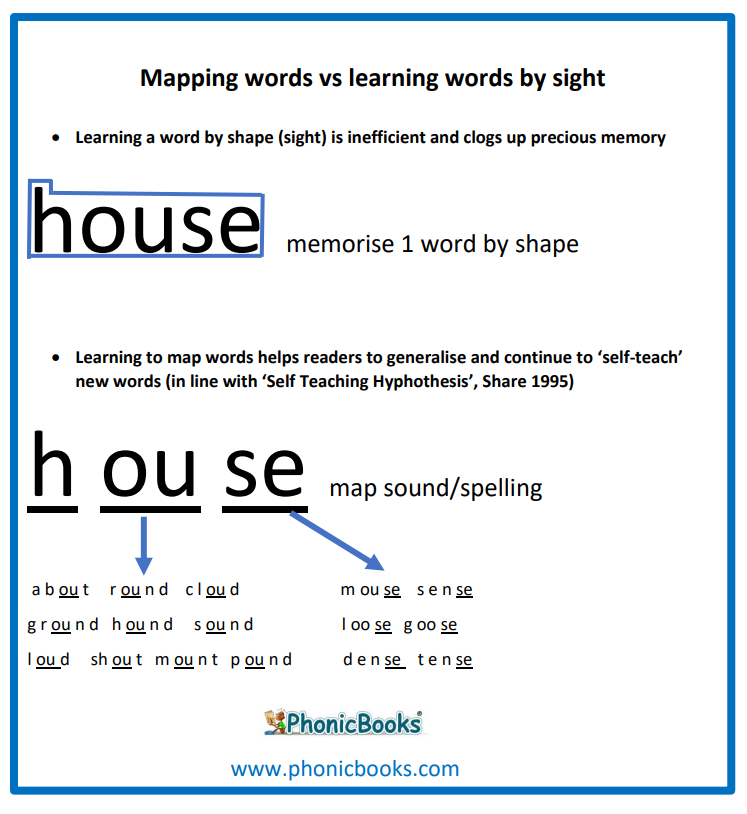Have you ever wondered how kids can read words they haven’t been taught to read? I recently came across the ‘Self Teaching Hypothesis’ Share, 1955. This hypothesis explains how kids use the sounds/spellings they have been taught and apply them to figure out new words. What does this theory say?
“According to this hypothesis, beginning readers use their existing knowledge of spelling–sound relationships to identify the pronunciation of a novel printed word and, in doing so, create an opportunity to self‐teach a new orthographic word representation.” A Computational Model of the Self‐Teaching Hypothesis Based on the Dual‐Route Cascaded Model of Reading, Stephen C. Pritchard, Max Colheart, Eva Marinus, Anne Castles. 2018.
This makes a lot of sense because it explains how kids learn to read so many more words than they have been taught explicitly.
So as teachers—how can we help our students to self-teach themselves to read? Firstly we need to move away from the idea of teaching words as whole and as part words (as in onset and rime, e.g. m ap). What Share is saying is that beginner readers will use their experience of orthographic mapping and try this out in new words. In order to map a word orthographically you need to create a bond between the phonemes (sounds) and the the graphemes (spellings) within the word. We need to teach kids to map words orthographically. Then they can use this knowledge and apply it to other words. Here is a graphic showing how teaching kids to map the word ‘house’ orthographically will help them to ‘self teach’ themselves to read new words. Compare this with teaching them to read a word by sight: they may remember that word – but won’t be able to transfer that knowledge to other words

